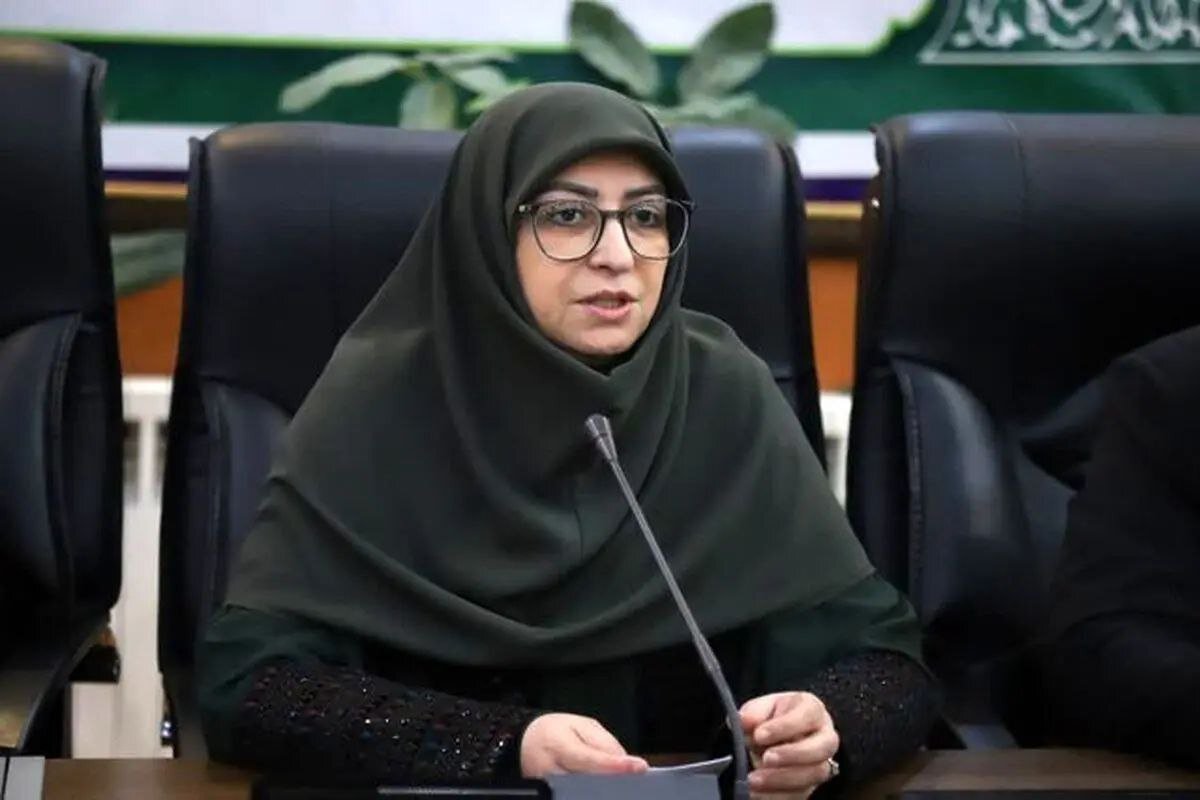DOE develops data bank of over 5,000 species in Persian Gulf, Oman Sea

TEHRAN –The head of the Department of Environment (DOE), Shina Ansari, has announced the provision of a data bank of more than 5,000 creatures in the Persian Gulf and the Oman Sea, saying that it will serve as a regional and even international platform for the preservation of the biodiversity in these waters.
This includes efforts such as preparing an atlas of sensitive marine ecosystems and the identification of unknown coral reef habitats, such as the Shah Alam area on the maritime border with Qatar, which allows for effective and targeted intervention at a macro level, ILNA quoted Ansari as saying.
The official made the remarks on the occasion of Persian Gulf National Day, which is observed on April 29 every year. The day marks the anniversary of forcing out the Portuguese navy of the Strait of Hormuz in the Capture of Ormuz (1622).
The Persian Gulf and the Sea of Oman, with more than 4,900 kilometers of coastline in Iran, are home to one of the richest marine ecosystems in the world. The DOE has implemented different measures to conserve the biodiversity of the marine ecosystems, such as developing a data strategy and planning tool to implement scientific and data-driven decision-making.
Any preserving measure without legal support and control will fail to succeed. In order to strengthen the regulatory and legal framework, the DOE has developed and issued seawater quality standards, discharge regulations at sea, dredging guidelines, waste disposal regulations, and guidelines on oil pollution damage assessment, the official added.
The DOE is implementing other programs such as coral restoration, registering coastal wetlands in the Ramsar Convention, developing a national action plan for mangrove conservation, and monitoring the marine environment, Ansari further noted.
Mangrove loss in Persian Gulf
According to a study by researchers at the National Institute of Oceanography, mangrove ecosystems in the northern Persian Gulf are facing a range of environmental and anthropogenic pressures.
The mangrove tree, as a wonder of the marine environment, offers many benefits to various species, including birds, fish, crustaceans, and even some terrestrial animals, and stabilizes the soil, as well. Mangrove forests are rich ecosystems that support the planet and humanity in unique ways by providing conditions for fish growth, storing carbon, and fighting floods.
They are able to store about 6 to 8 tons of carbon per hectare of soil per year. They contribute to the creation of a complete ecosystem. Above water, mangrove trees provide a habitat for birds while amphibians and small fish live on their roots. Mangroves play a crucial role in preserving the beach soil and protecting it from erosion. Mangrove trees play a vital role in maintaining the ecological balance of the sea.
Mangrove forests in Iran mostly consist of the Avicenna marina, known as Hara, named after the 11th-century great Iranian scientist Avicenna, or Abu-Ali-Sina.
The study assesses the ecological dynamics of the Mangroves of Dayyer City (MDC) in the northern Persian Gulf using a multidimensional approach involving satellite-derived, drone-based, and field-measured data.
Satellite imagery from Google Earth (2011–2022) reveals fluctuations in the MDC area, with notable afforestation efforts until 2018, followed by rapid degradation.
The study suggests that long-term, multi-stressor monitoring, especially at different points within the mangrove ecosystem, is essential for effective management.
By discussing these local variations in salinity and their impact, the case study highlights how site-specific conditions must be taken into account when assessing mangrove health and interpreting the effect of salinity stress.
The research also stresses the critical need to address human-induced threats to mangrove ecosystems. Urgent conservation and management strategies are essential for mitigating the impact of anthropogenic pressures and ensuring the survival of mangrove ecosystems in the face of environmental challenges.
Moreover, the climate change impacts must be considered when planning conservation and management strategies.
MT/MG
Leave a Comment